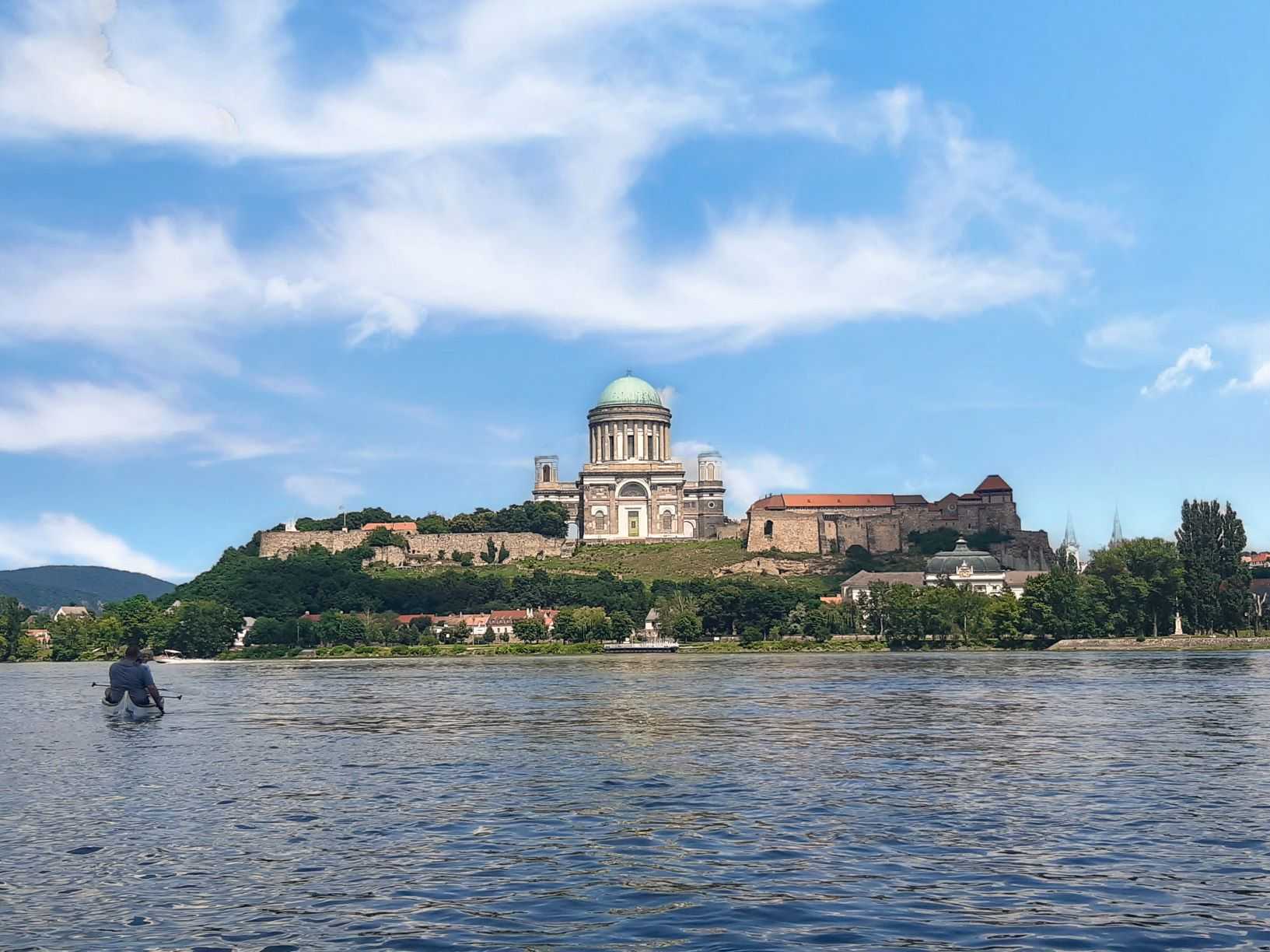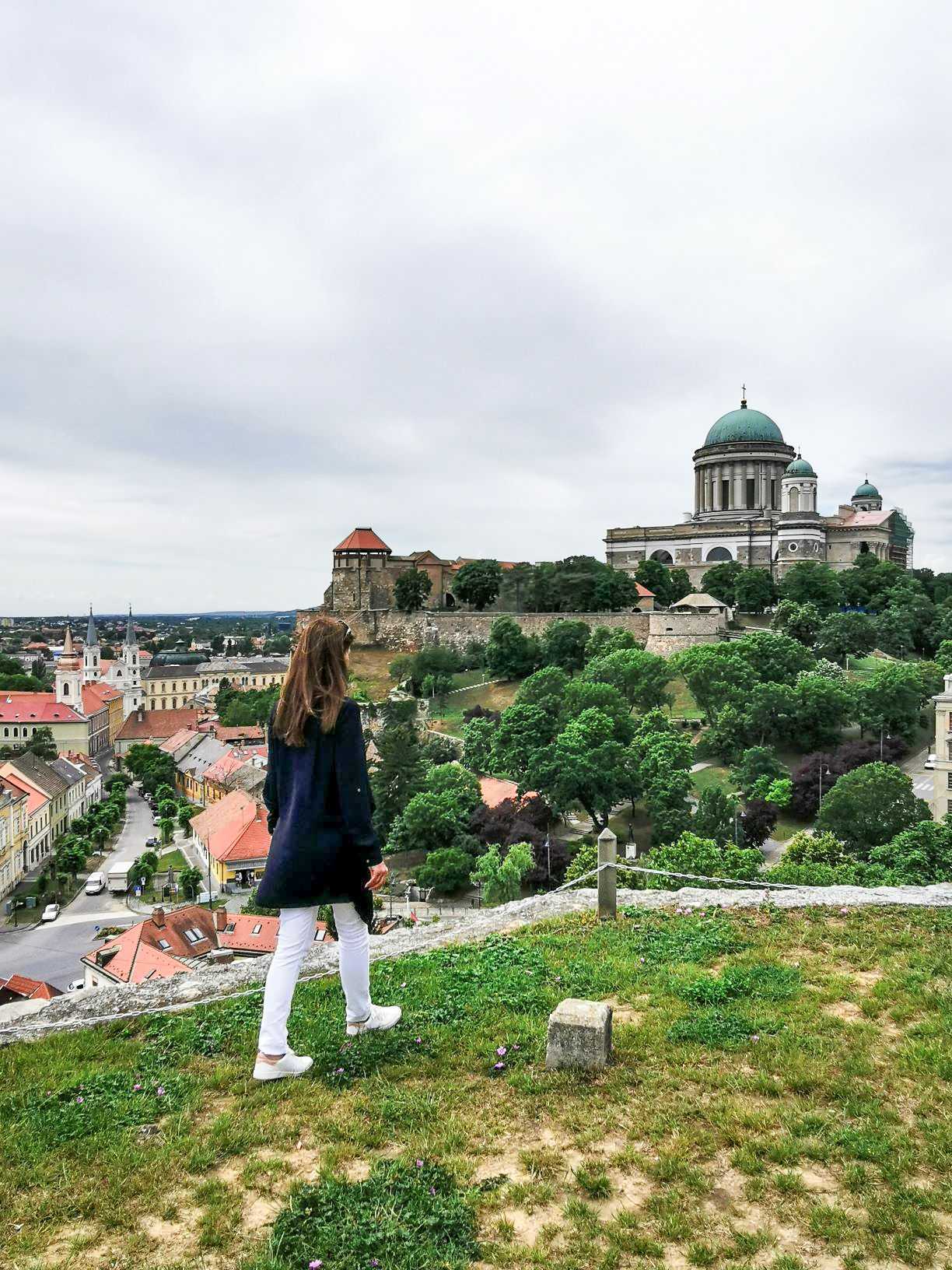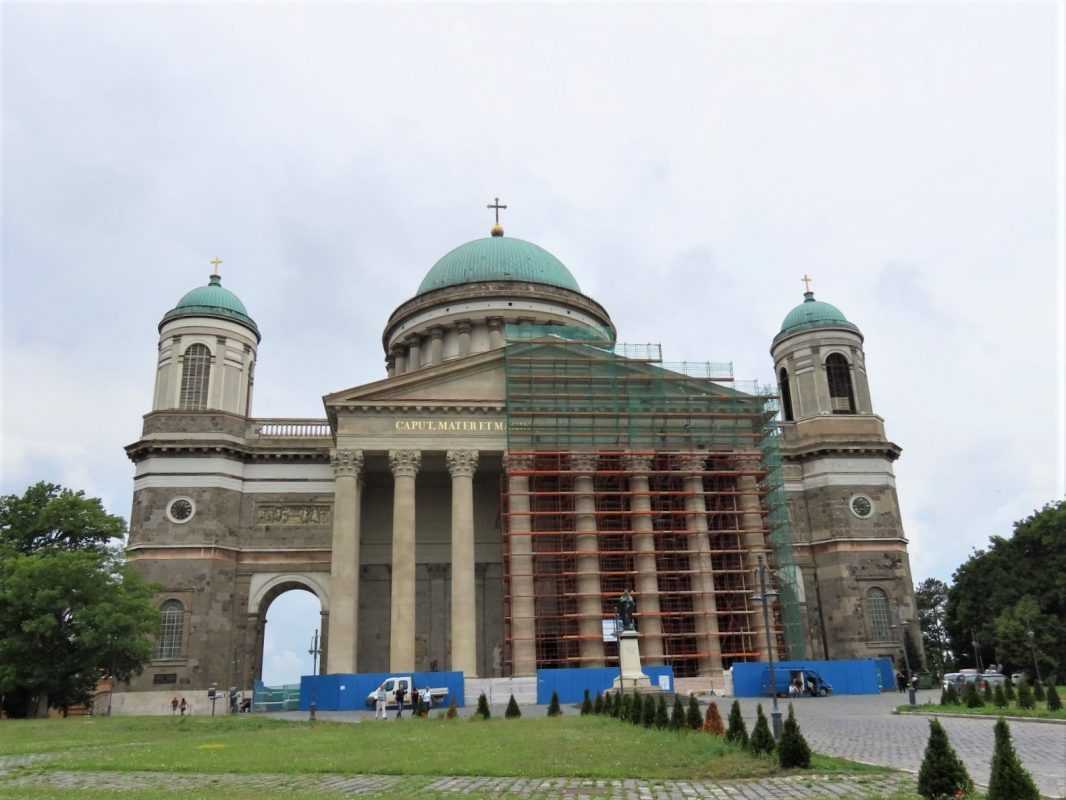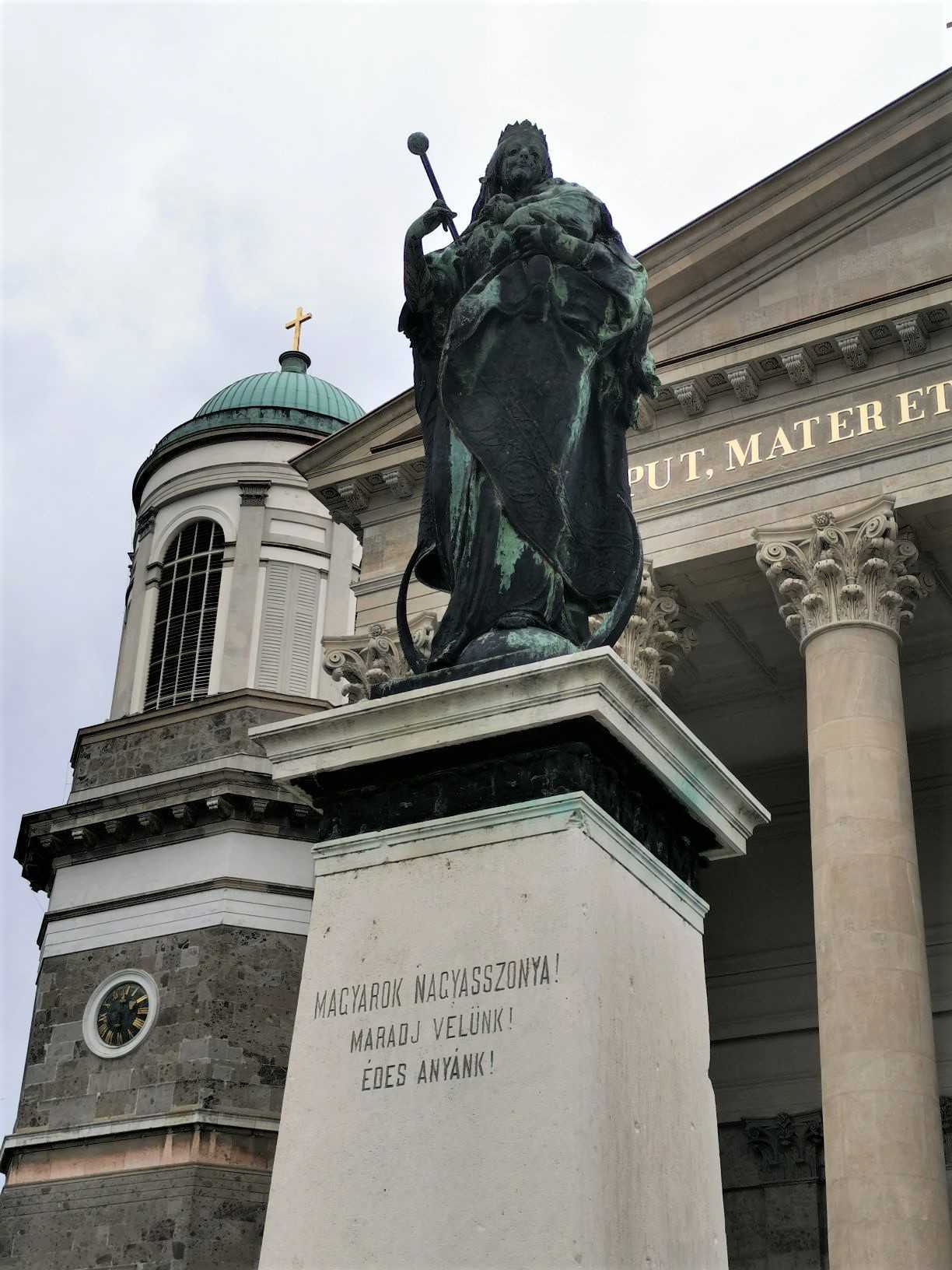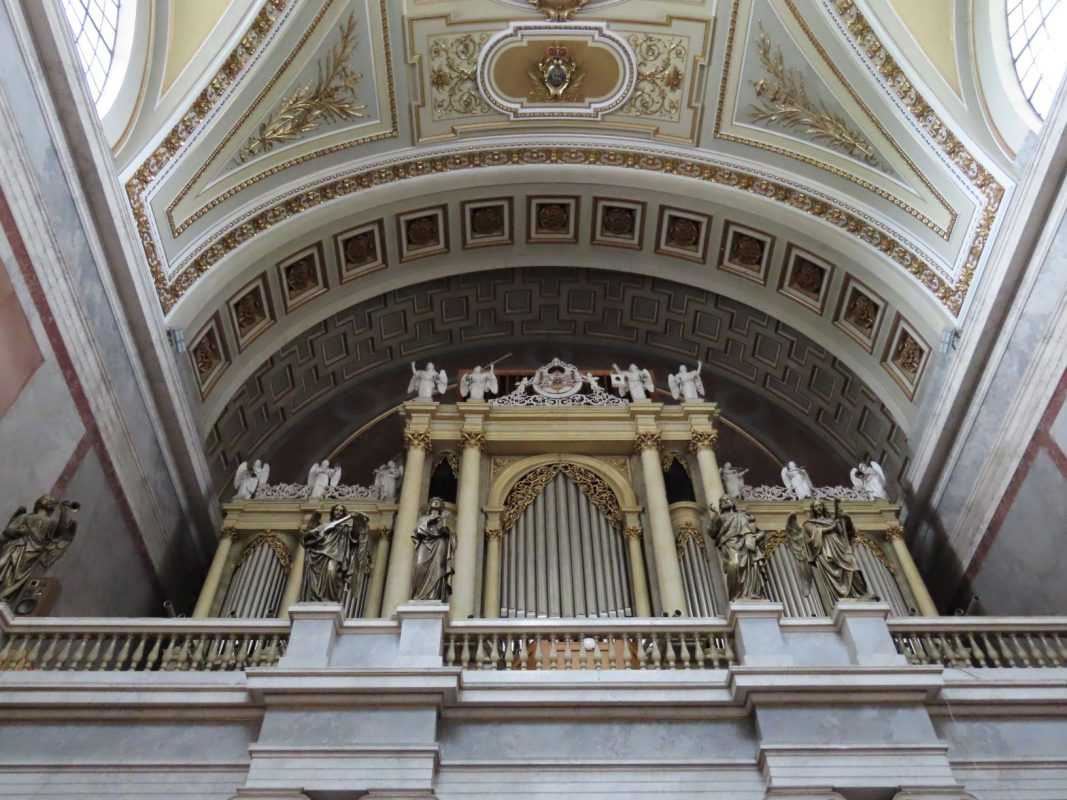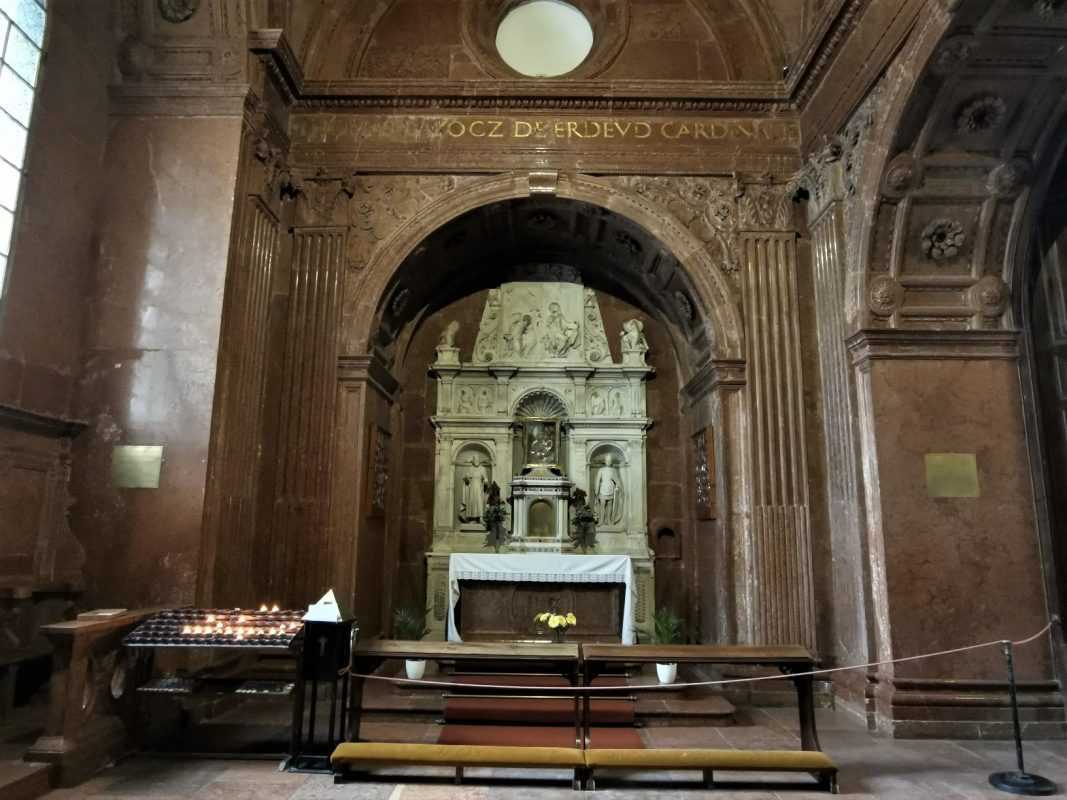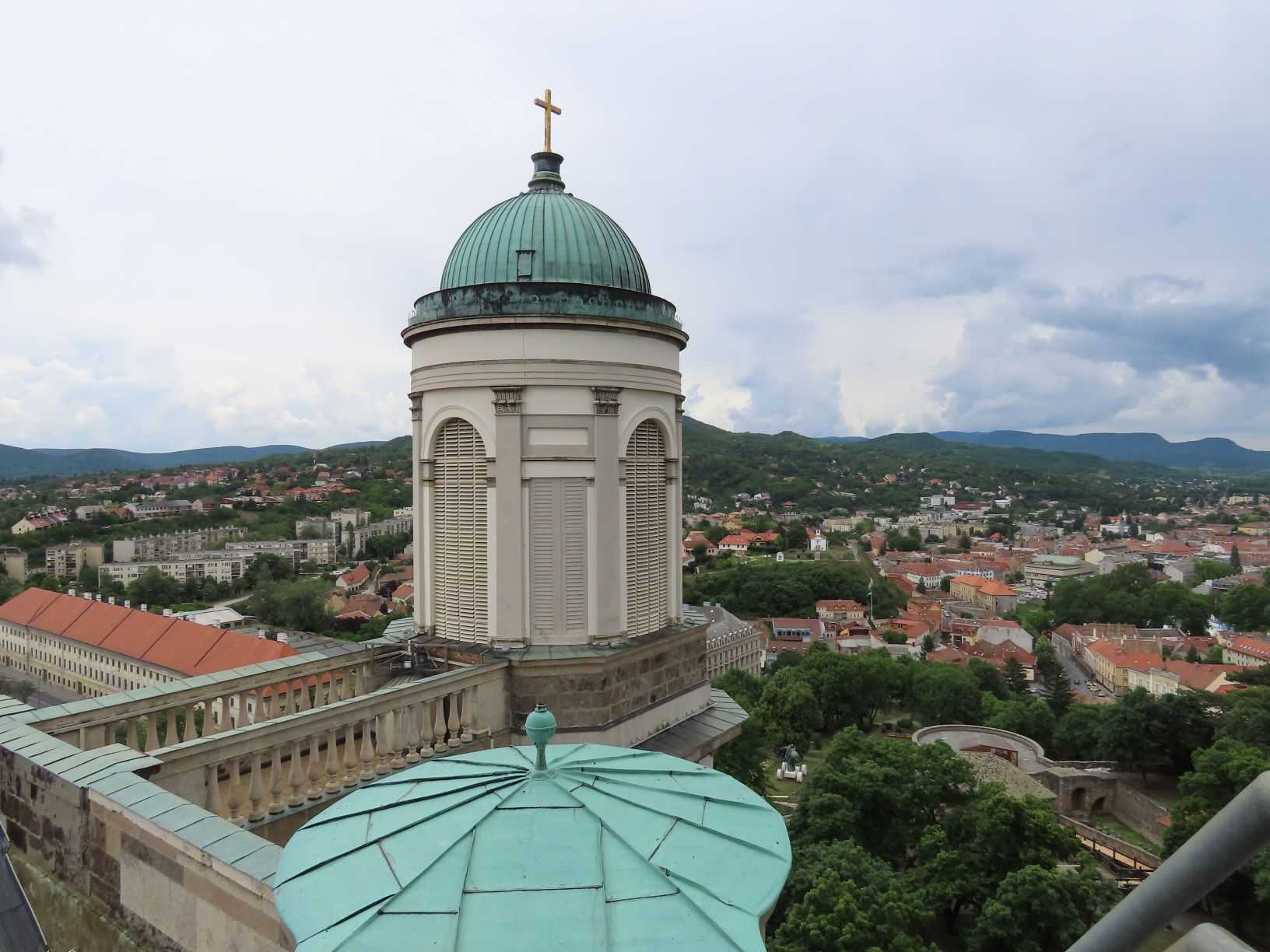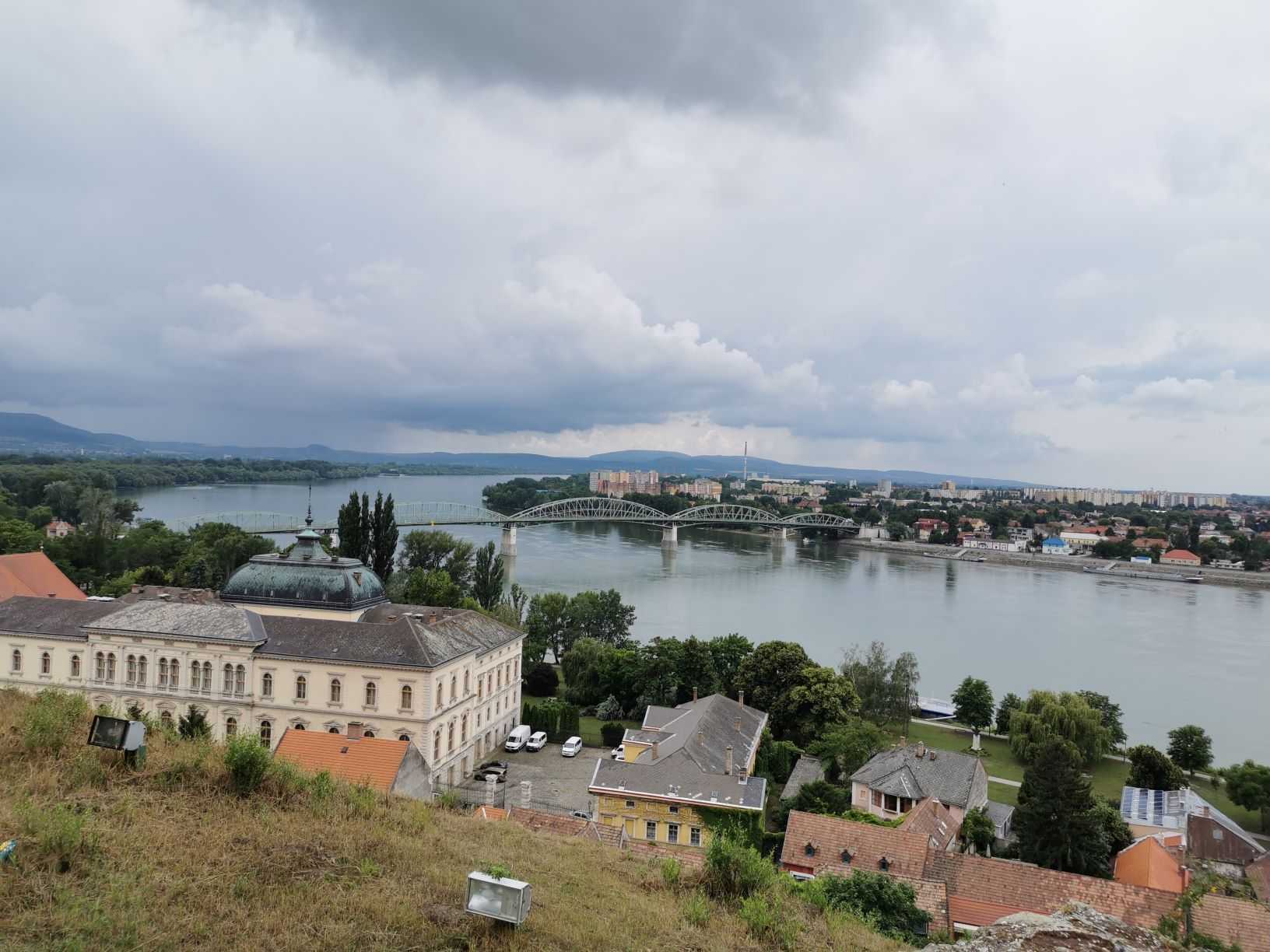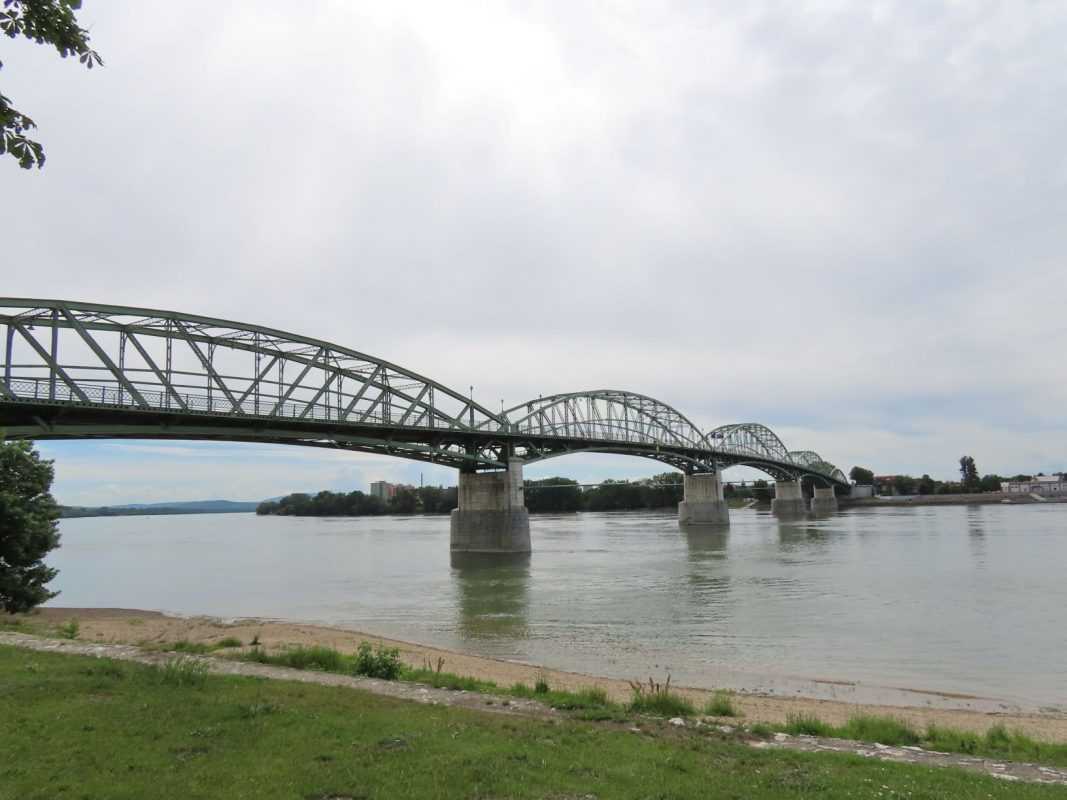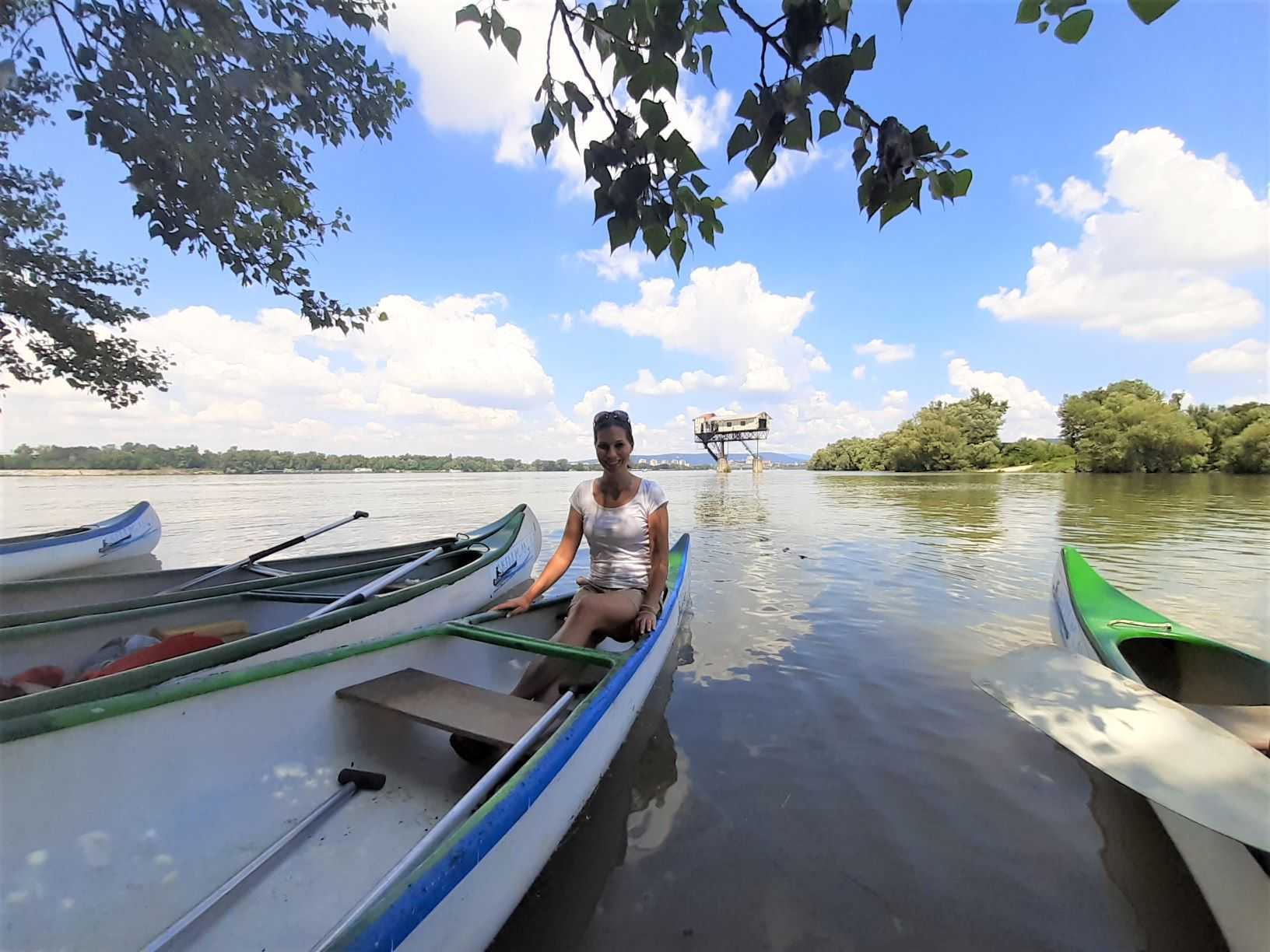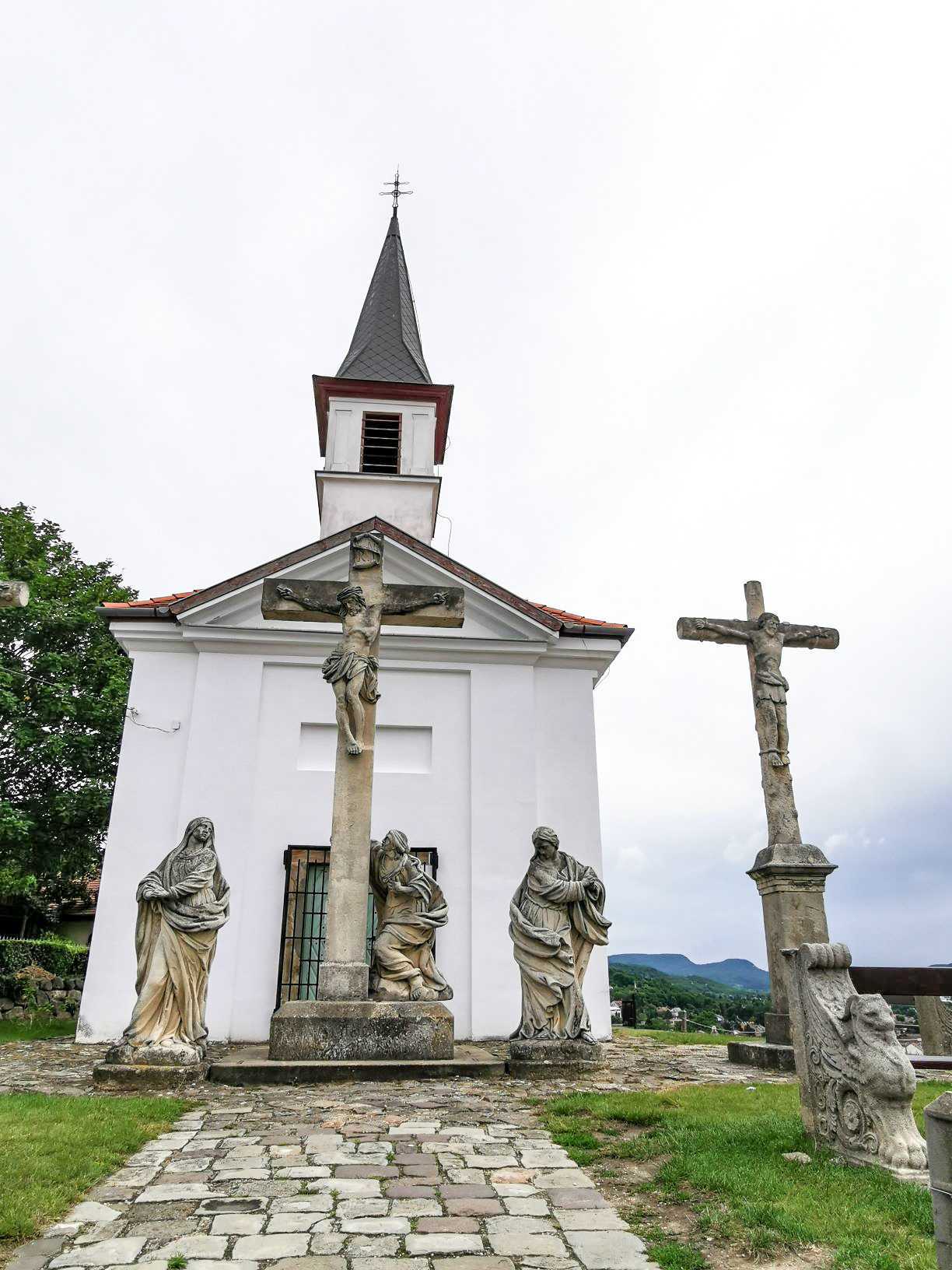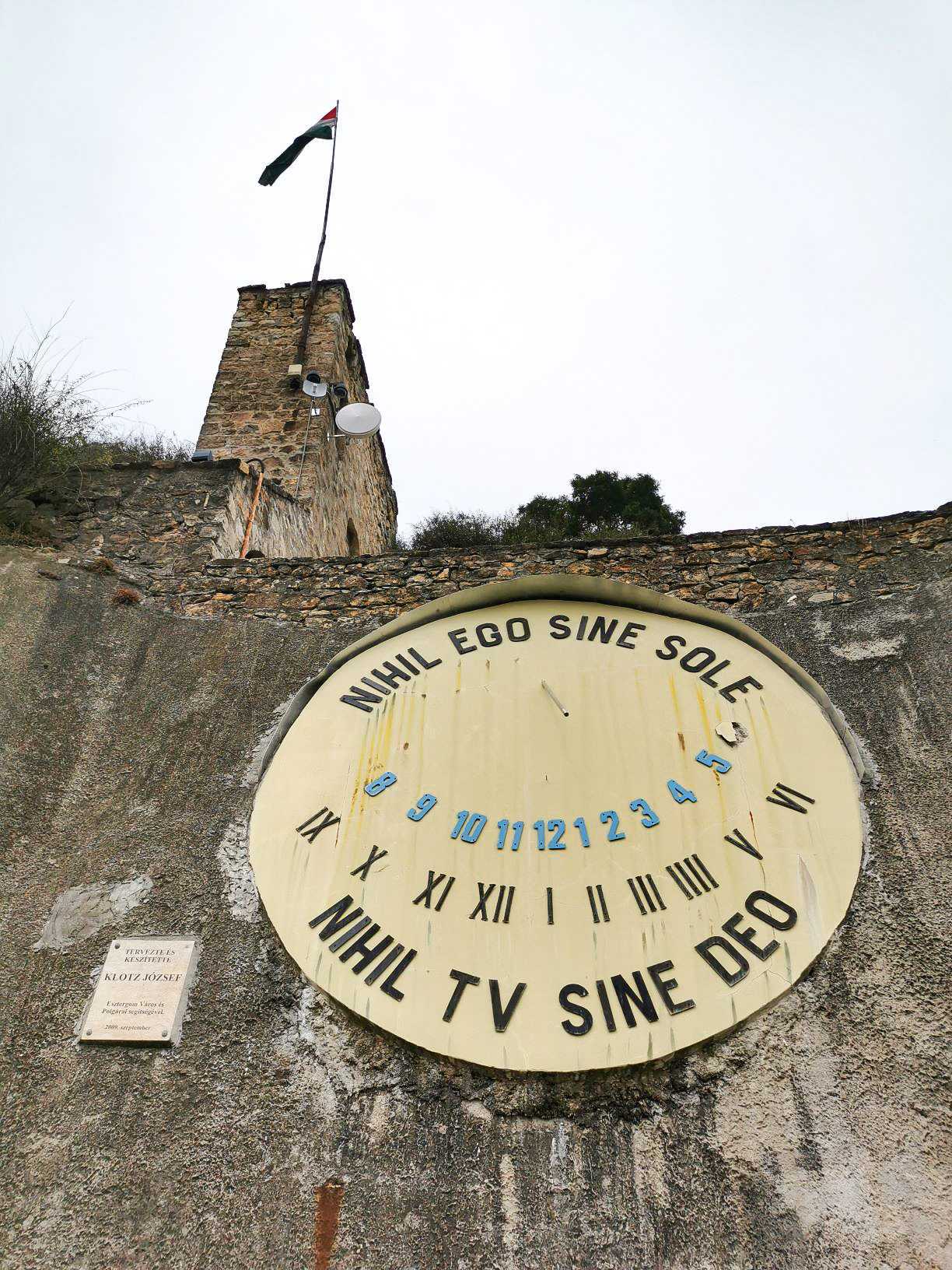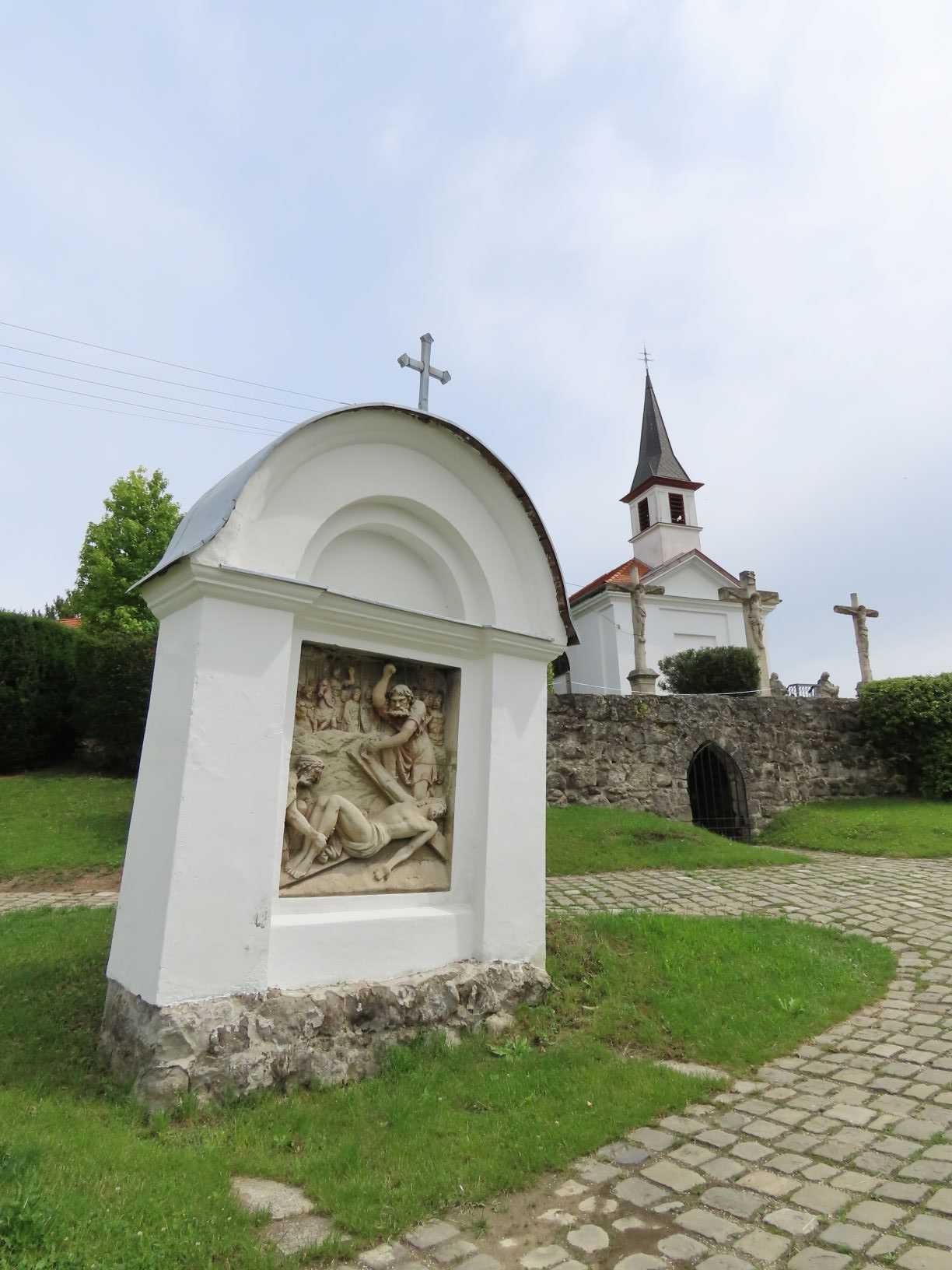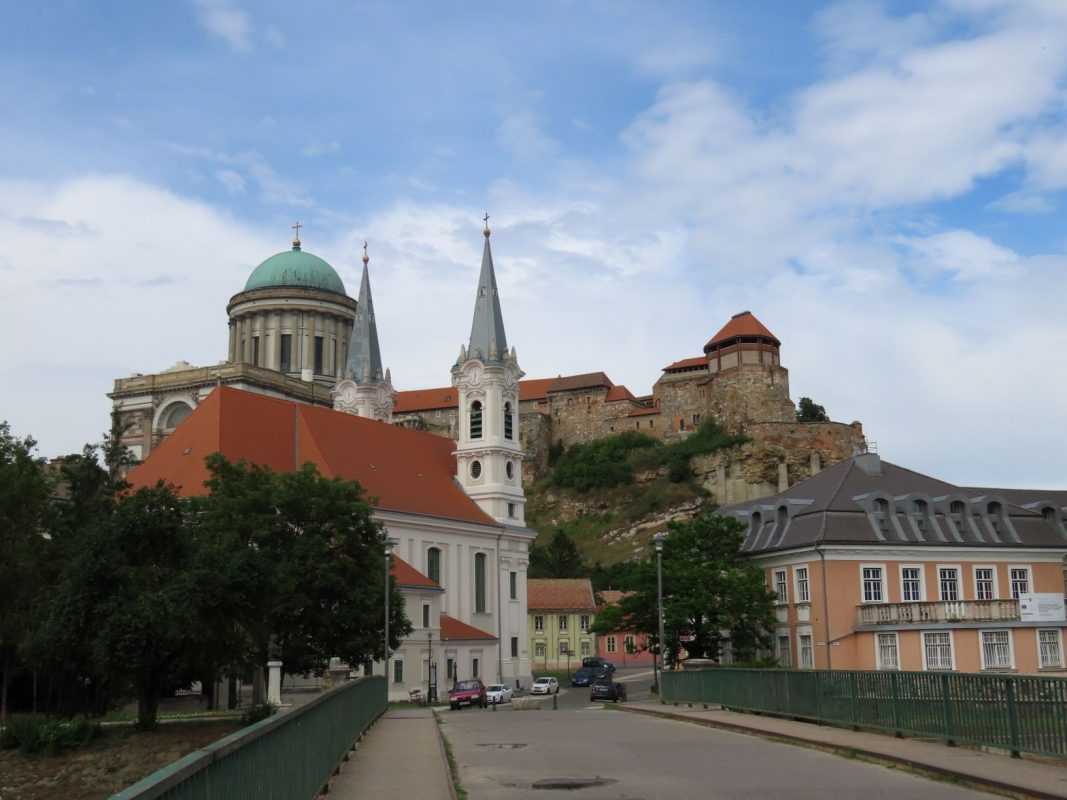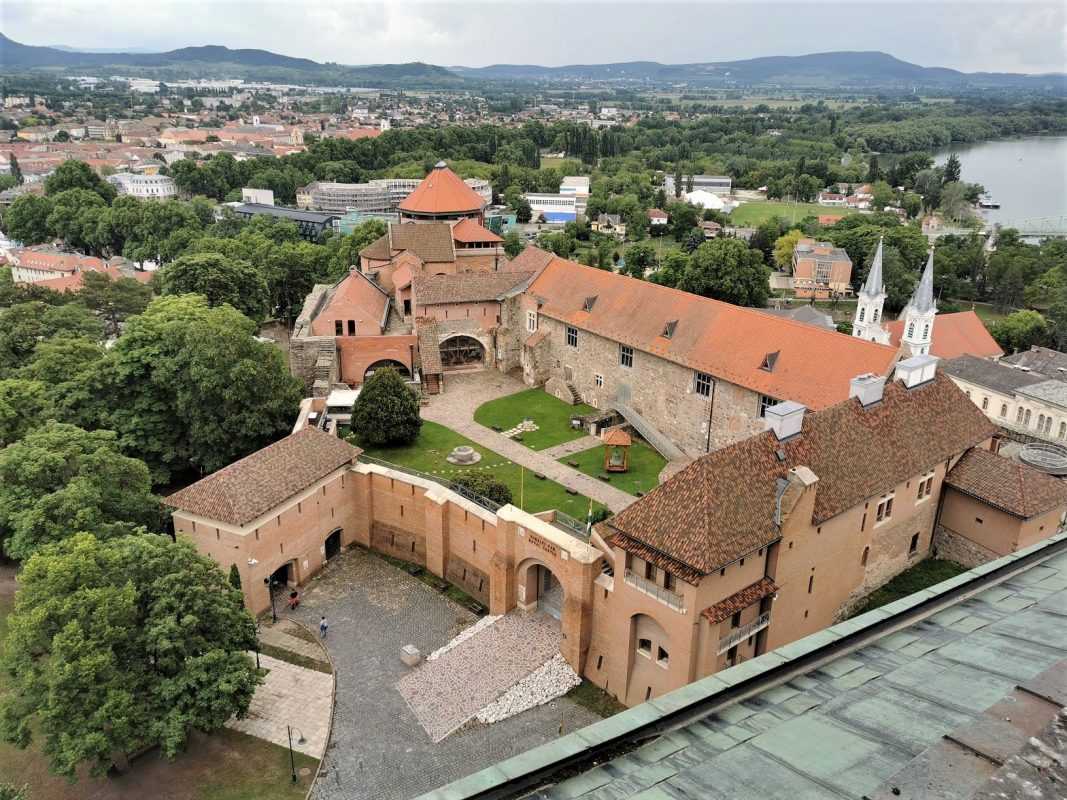Esztergom, less than an hour’s drive from Budapest, was equivalent to me that there is a nice basilica there. And that the city is a popular venue for class trips, and by the way, it has a nice Danube panorama. It was high time to refresh my lack of knowledge and take a trip to Esztergom, to the gate city of the Danube Bend.
Let’s start the blog post with the fact, that there are only a few cities in Hungary where the country’s thousand-year history appears on the streets like in Esztergom. Eventually, it is not even a thousand years, since the Castle Hill in Esztergom and its surroundings were already inhabited from the prehistoric age. Salvio Mansio, as it was called at the time, was considered an important defensive line of the Roman Empire because of the Danube, and was later shared by the Huns and Avars.
The real establishment of Esztergom is linked to Lord Géza, who in 972 erected a city on the foundations of the former Roman fortress. It was also the place where his son Vajk was born, who was named István in baptism and later became our state-founding king under the name of St. István (Stephen). There is no irrefutable historical evidence, but it is quite possible that István’s coronation ceremony took place in Esztergom on 25 December 1000. The city has always played an important role in the church and diocese organization. From the beginning, the city had the rank of archbishop, which was an important privilege, since the Archbishop was also entitled to the lords of Hungary. After so much historical information, let’s see what you can see in Esztergom if you go on a trip there.

Cathedral of Our Lady of the Assumption and Saint Adalbert Esztergom
As a confirmation of the new religion, St. Stephen raised one of the largest cathedrals in the country in Várhegy, the patron saint of which became St. Adalbert. It was the forerunner of today’s Basilica, which unfortunately did not survive the storms of history. First, it burned down in the 12th century, then it was rebuilt, then it was ravaged by the Turks and turned into a war ruin. The present form of the basilica, which you can see, is already the result of the reconstruction in 1856, but the 16th-century Bakócz Chapel illustrates the former richness and splendor of the building.
The facade inscription of the basilica illustrates the importance of the main church, which is still the headquarters of the Catholic Church: Caput Mater et Magistra Ecclesiarum Hungariae: i.e. Head, Mother and Teacher of the Hungarian Church.
For the dedication of the church in 1856, Ferenc Liszt composed one of his most famous works of art, the Missa Solemnis. This occasion was also the debut of the organ, which you can see today at the gallery. The height of the dome is monumental, 100 meters, while the thickness of the support wall is 17 m. With this the basilica has the thickest wall in Hungary.
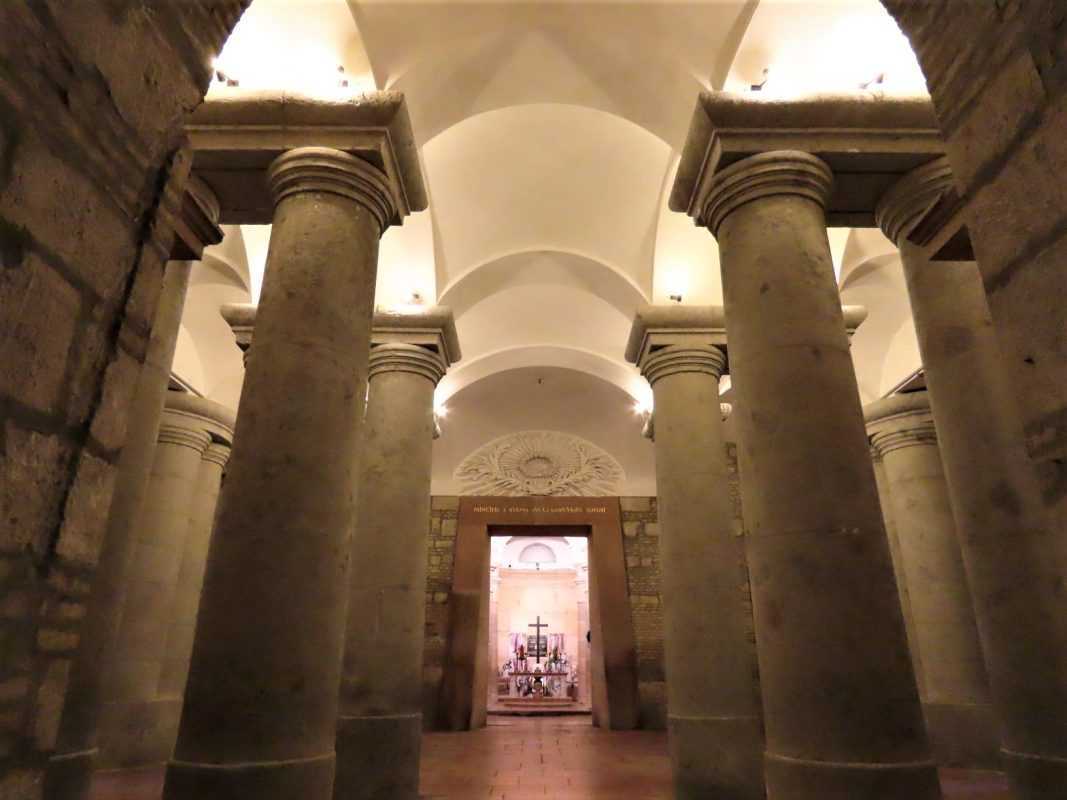
The Bakócz Chapel is one of the most beautiful monuments of mature Renaissance architecture outside Italy. The altar came ready from Italy and is made of red marble, while the altar is from Carrara and it’s made of white marble. The body of Cardinal-Archbishop Tamás Bakócz was laid to rest in this chapel in 1521.
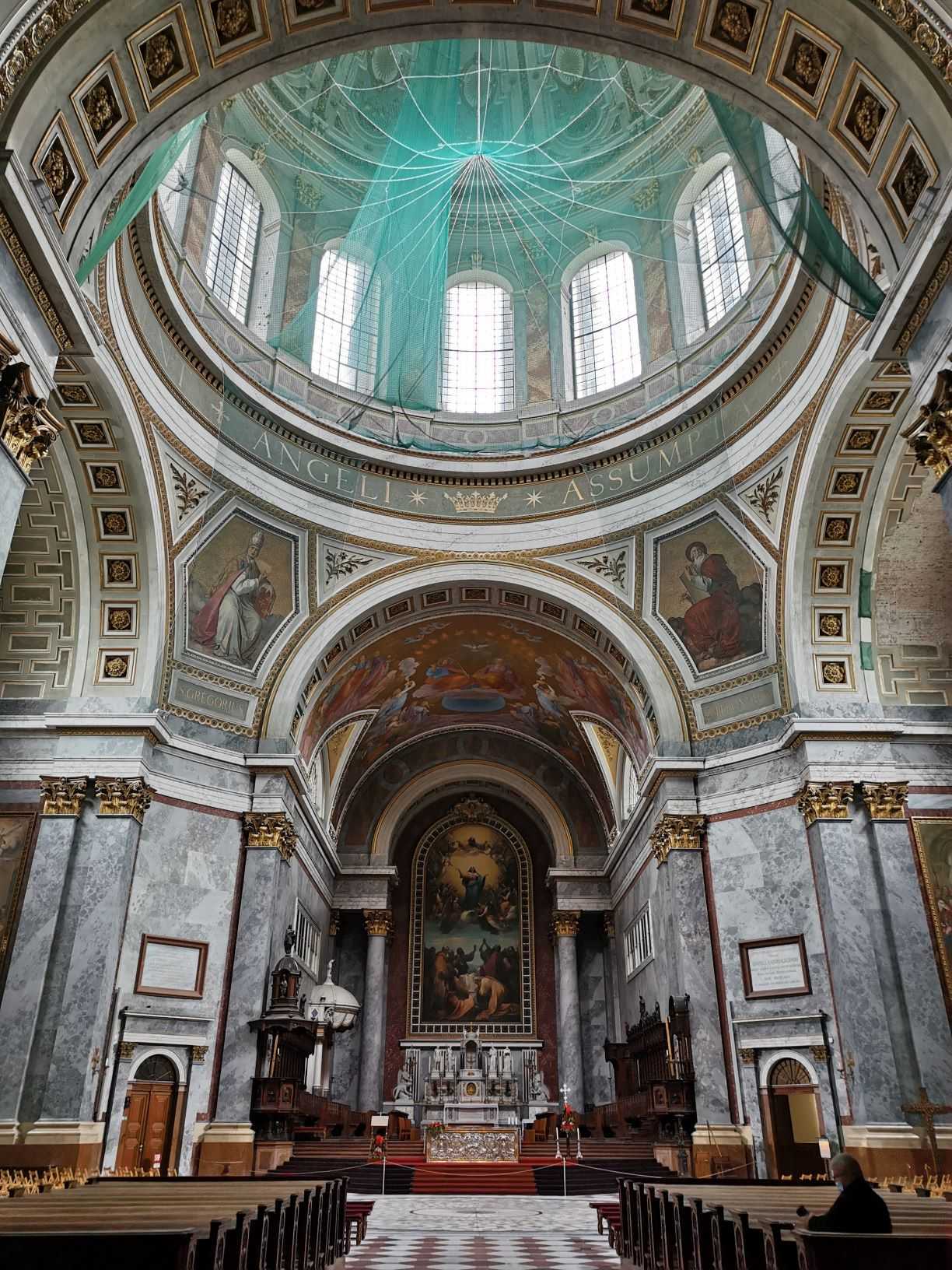
Visiting the basilica is free of charge, while you can buy a special ticket to the dome. It’s worth visiting too, as after you climb the 413 steps the 360-degree terrace offers a magnificent view to the city of Esztergom. For those who are afraid of heights, climbing the barrierless spiral staircase can be a challenge, but the height from above is no longer at all disturbing
Mária-Valéria Bridge
The other emblematic building of Esztergom is the nearly 500-meter-long green iron bridge, which until 2001 was called only Csonka Bridge. The bridge connecting Párkány in Slovakia and Esztergom in Hungary is now a symbol of the co-living of the two settlements, and by the way, it bears the name of the daughter of Emperor Franz Joseph. The bridge, which also serves as a border crossing, can be reached on foot and is worth it, as it offers the most beautiful views of castle hill and basilica. The alternative option is from the surface of the Danube, from where, while paddling, you can really get a full extra panorama from a boat not only to the Basilica, but also to the structure of the bridge. I recently paddled through the Danube and it was a great experience.
Szenttamás
As a separate part of the city, and thus in a way, Szenttamás Hill rises towards the city of Esztergom. The place actually covers a picturesque hill, which, with its winding streets, Károly Klotz’s dial clock and cozy houses, is one of the popular places in the city for hikers and residents alike. At the top of the mountain, there is a chapel named after St Thomas of Canterbury and offers spectacular views of the Basilica, Mária Valéria Bridge and the Prímás Island. As a point of interest, the calvary on the side of the hill consists not of the fourteen traditional stations, but of reliefs and statues made in different eras.
Cobbled streets and famous buildings of the city center
The city center of Esztergom is very rich in attractions. Víziváros is a popular part of the city on the banks of the Great Danube and while you are walking on the cobbled streets it feels like being in Szentendre. With the difference that here you do not have so many tourists, so this is an extra argument for visiting the cities on the Danube coast a little further away from Budapest.
There are many museums of international and national importance in the city center of Esztergom. Here you can see the largest collection of books of the Catholic Church in Hungary, together with the invaluable codes of Bibliotheca. Do not miss the former Turkish house of prayer, the mosque. Right next to there is the Veprech Tower, which is the home of a reconstructed water machine from the 1200s.
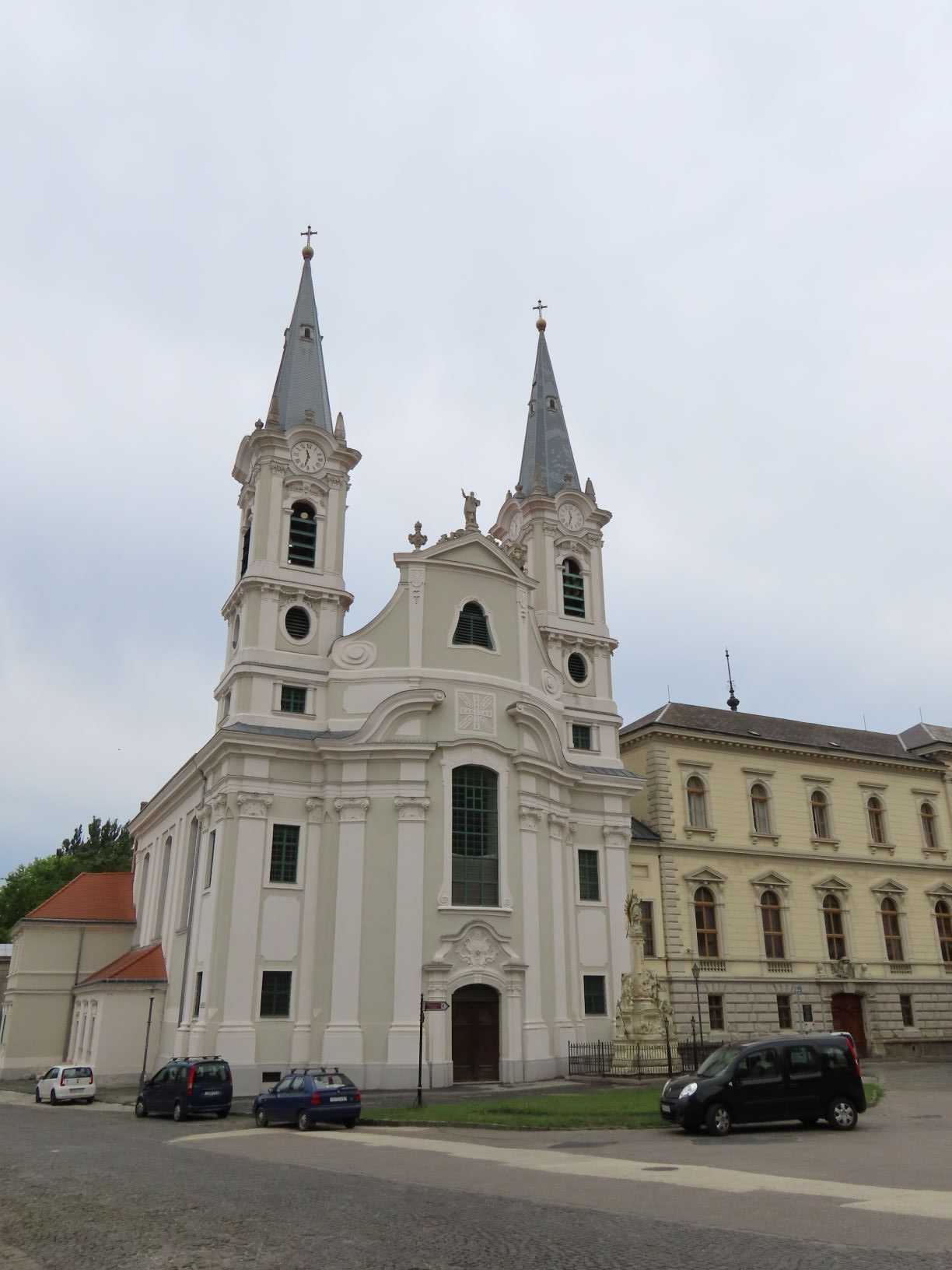

St. Anne’s Church deserves special attention, as well as evangelical and reformed churches, which, with their peaked towers, are essential players in Esztergom’s characteristic skyline. If you approach the Basilica from the city center, do this through the Cat’s Stairs (Macskalépcső), which leads up as a steep staircase to the inner part of the castle hill, in the immediate vicinity of the Basilica.
Esztergom Castle
Esztergom Castle is an inescapable program and attraction in the city. It towers on the top of the Castle Hill at 50 meters height and watched the Danube constantly. Together with the Basilica, it belongs to the World Heritage List and is one of the most important sites of Hungarian medieval history. From the second half of the 13th century, the Castle Hill, including the castle, was held by the Archbishop of Esztergom, who, aware of his power, repeatedly opposed the emperor.
The Castle of Esztergom lived its flowering days under the archdiocese of János Vitéz and has continuously evolved and beautified for more than 200 years thanks to its privileged situation. With the arrival of the Turks, however, not only did the “good world” ended, but also the outstanding poet of the Renaissance era, Bálint Balassi, was killed in the siege of the castle in 1594. The castle of Esztergom wasfreed from Ottoman rule in 1683 thanks to King János Sobieski of Poland, whose plaque can also be found in city center along the Danube. Today, the castle is home to a theatre, a castle museum and a panopticon. Don’t forget to walk around the castle the Dark Gate, rondella and Lipót terrace, from where you can take another look at the city of Esztergom and Szenttamás Hill before you leave.


